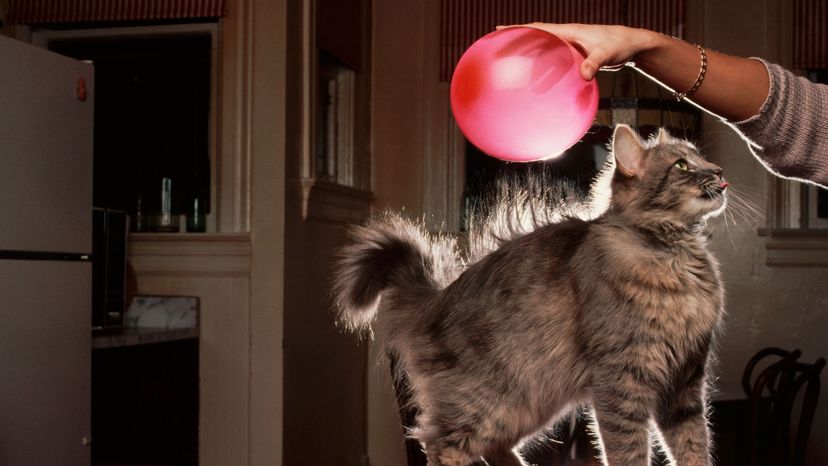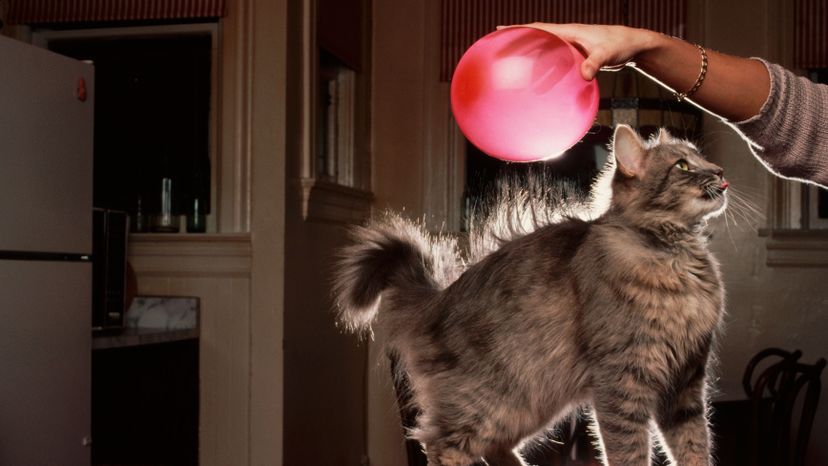
Perhaps as a kid you rubbed a balloon really fast against your hair to make it stick. (Maybe you've done it recently!) Now, after many years of speculation, Case Western Reserve University scientists have pinpointed exactly why this party trick happens.
We've known forever that when two objects are rubbed against each other, there's a buildup of an electrical charge, called static electricity or triboelectric charging. If the two objects have opposite charges (positive and negative), they'll stick together. But some objects appear to charge more (stick more closely together) than others — like the balloon on your hair. Why's that?
Advertisement
According to a new study published in the journal Physical Review Materials, the crux of the phenomenon lies in how strained the balloon material is. For the purpose of this study, the scientists stretched a film of polytetrafluoroethylene (PTFE) — one of its brand names is Teflon — and rubbed it against a film of unstrained PTFE. They found that even though the materials were chemically identical, they generated charge transfer in one direction — as if they had two different chemical compositions. The stretched or strained sheet carried the positive charge, while the unstrained sheet carried a negative charge.

The more strained the material was, the more likely it was to experience systematic charge transfer. This is because the microstructure of the material was altered when strained, leading to tiny holes and cracks. These imperfections allowed the rubbing-induced friction to facilitate charge transfer, leading to static electricity.
"We think the void regions and the fibrils [tiny cell fibers] we see around them when we strain the polymer have different bonding and thus charge differently," explained co-author Dan Lacks in a press release.
"Triboelectric charging experiments are generally known for their — as some would say — charmingly inconsistent results," added co-author Andrew Wang. "What was surprising to me, initially, was the consistency of the unstrained versus strained charging results."
The researchers also examined the phenomenon using packing "peanuts," which just love to stick to people's arms. In fact, polystyrene peanuts and plastic bags are currently being closely examined to give us a better understanding of static electricity. Ideally, scientists will nail it down so precisely that they will be able to control it, helping to prevent triboelectric explosions (such as explosions of coal dust in mines) and develop more effective products — for example, pesticides that will stick better to plants or paints that will stick better to cars.
Advertisement


